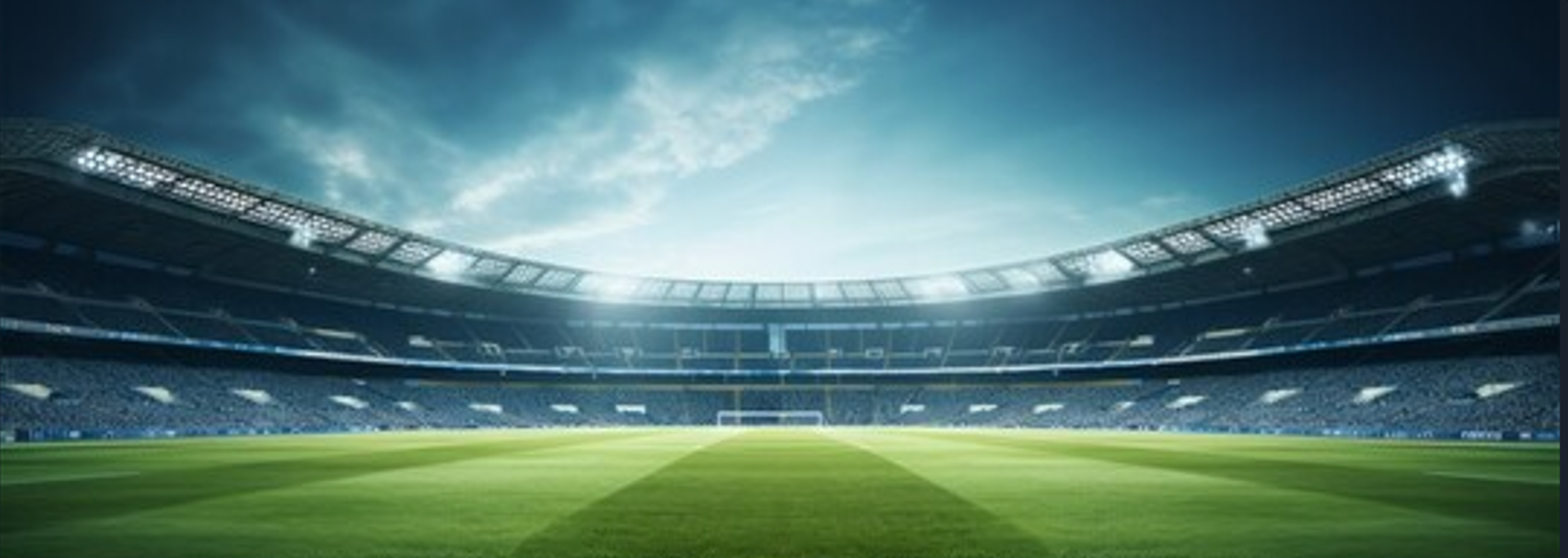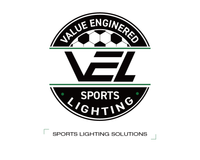888-668-1195
Applications
Specifications
Specifications
Soccer Field Lighting

Key considerations:
- Illuminance levels: The required brightness, measured in lux (lumens per square meter) or footcandles (lumens per square foot), varies significantly based on the level of competition:
- Recreational/Training Fields: 200-300 lx (20-30 fc)
- High School/College/Semi-Professional Fields: 500-750 lx (50-75+ fc)
- Professional Fields (Non-Televised): 750-1200 lx
- Professional Fields (Televised, Non-HD): 1200-1400 lx
- Professional Fields (Televised, HD): 1400-2000 lx or more
- Uniformity: Even distribution of light across the field is essential to minimize shadows and glare, ensuring consistent visibility for players and spectators. A uniformity ratio, which measures the lowest illuminance level relative to the average, is a critical metric.
- Glare control: Properly designed lighting fixtures and placement strategies help minimize glare, which can impair players' vision. Visors and shielding can be used to prevent light spill and reduce glare.
- Color temperature and rendering: Cool white light (5000K-6000K) is generally recommended for sports lighting as it provides a crisp, daylight-like appearance and enhances visibility. High CRI (Color Rendering Index) (80 or higher) and TLCI (Television Lighting Consistency Index) (90 or higher) are important for broadcast quality, ensuring accurate and vivid color representation on screen.
- Flicker factor: For televised events, especially those using slow-motion replays, a low flicker factor (below 1%) is crucial to prevent strobing effects.
- Pole height and placement: Pole height typically ranges from 30 to 100 feet, depending on the field size and level of competition. Poles are often placed along the sidelines, outside the playing area, to maximize coverage and minimize interference.
- Beam angles: The appropriate beam angle for the fixtures ensures targeted coverage and minimizes light spill.
- Durability and weatherproofing: Outdoor soccer field lighting requires fixtures with a high IP (Ingress Protection) rating (IP65 or higher) to withstand harsh weather conditions.
- Energy efficiency and sustainability: LED lighting significantly reduces energy consumption and operating costs. Features like dimming capabilities and smart control systems further enhance efficiency and allow for adaptive lighting based on specific needs.
- Light pollution: Measures should be taken to minimize light pollution to surrounding areas, especially near residential zones. FIFA guidelines recommend that pitch lighting systems should not produce illuminance greater than 50 lux on the vertical plane at a height of 1.5 meters, within 50–200 meters from the stadium perimeter.
-
Various organizations, including FIFA, UEFA, and the Illuminating Engineering Society (IES), set specific lighting standards and requirements for different levels of soccer competition. These standards address factors like illuminance levels, uniformity ratios, glare ratings, and color rendering to ensure optimal playing conditions and broadcast quality.Professional design and installationDesigning and installing a soccer field lighting system requires careful consideration of numerous factors to meet specific requirements and achieve optimal performance. Consulting with experienced lighting specialists or engineers is crucial to ensure proper layout, fixture selection, and compliance with relevant standards and regulations. They can perform photometric studies to determine the ideal number, type, and placement of fixtures, as well as the appropriate wattage, lumens, and beam angles to achieve the desired illumination levels and uniformity.
